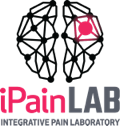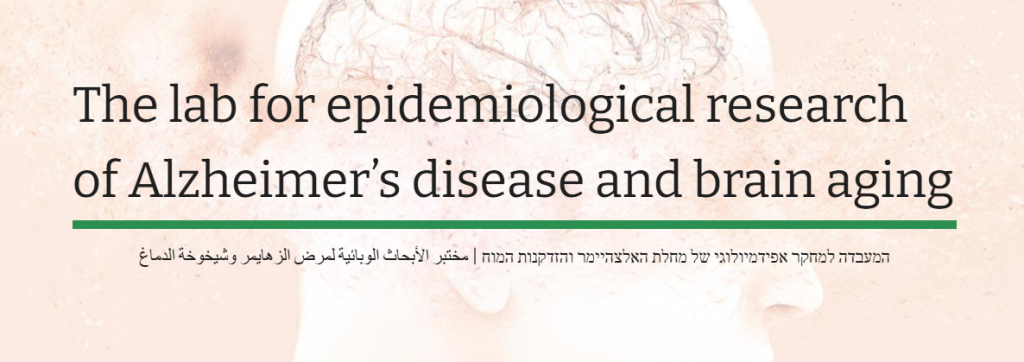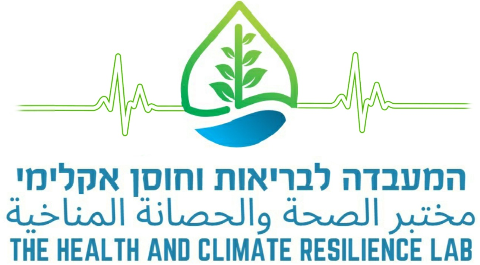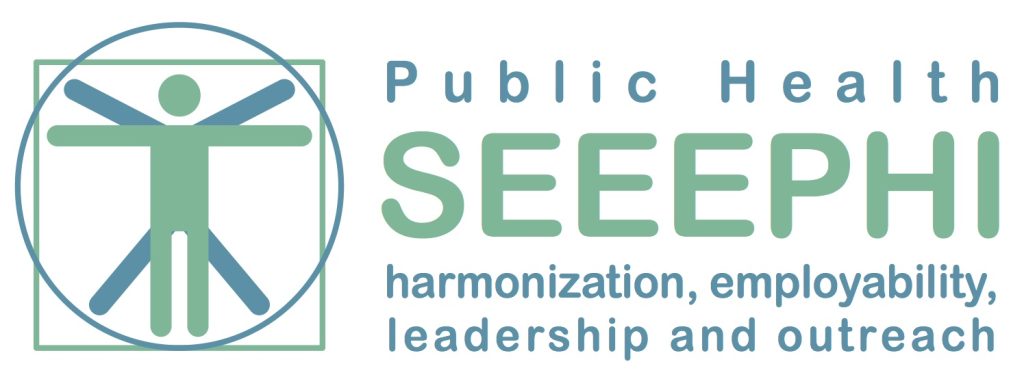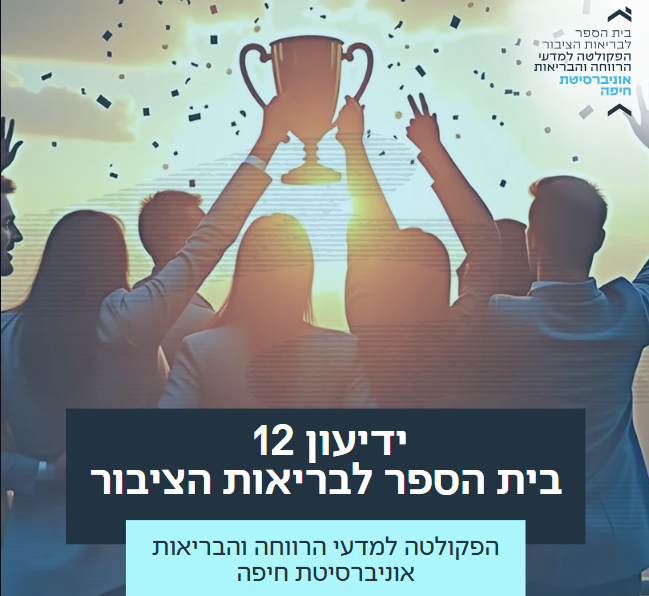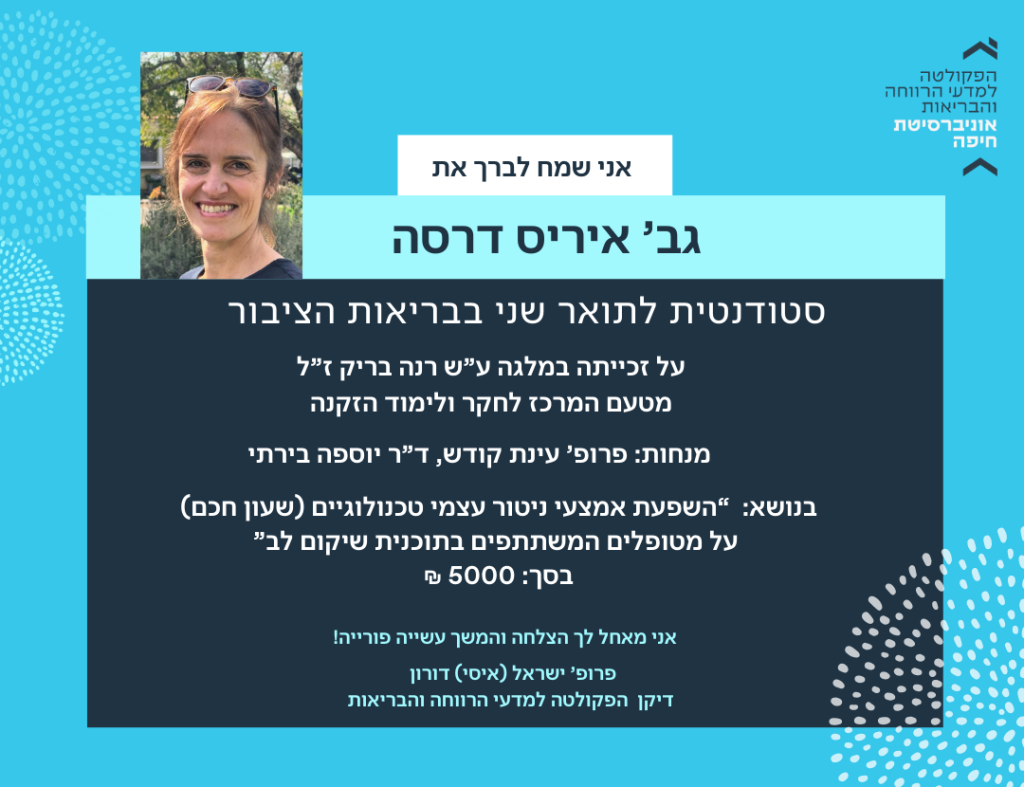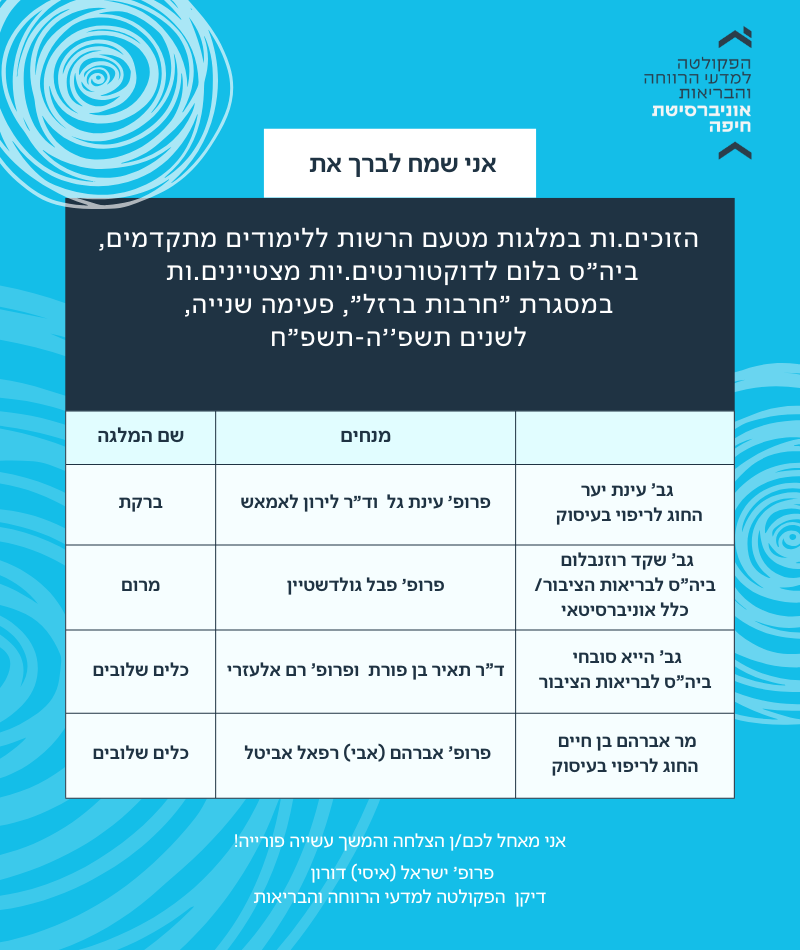לפרטים והרשמה
דבר ראשת בית הספר לבריאות הציבור
ברוכים הבאים לבית הספר לבריאות הציבור של אוניברסיטת חיפה, השוכן על מרומי הר הכרמל. כשם שהנוף הפנורמי הנשקף ממרומי ההר מאפשר מבט רחב על האופק כולו, כך אנו מכשירים את דור העתיד של מנהיגים וחוקרים להתבונן ולטפל בסוגיות בריאות הציבור ממבט-על, תוך התמודדות עם האתגרים המורכבים של תקופתנו. האתגרים של ימינו – החל ממגפות עולמיות ושינויי אקלים ועד אי-שוויון בבריאות וזיהום סביבתי – דורשים פתרונות מתקדמים ורב-תחומיים. אנו בבית הספר לבריאות הציבור מאמינים שלתת מענה לאתגרים הללו מחייב…

50% הנחה בדמי הרשמה לנרשמים ביום הייעוץ
לימודי התואר השני בבית הספר לבריאות הציבור באוניברסיטת חיפה מכשירים את דור העתיד של מנהיגים, חוקרים ואנשי מקצוע להתבונן ולטפל בסוגיות בריאות הציבור ממבט-על ובאופן הוליסטי, תוך התמודדות עם האתגרים המורכבים של תקופתנו.
התוכנית האינטרדיסציפלינרית הייחודית שלנו משלבת ידע מחקרי ויישומי ממגוון תחומים – בריאות, מדיניות, ניהול, תקשורת וקידום בריאות – ומעניקה לבוגרינו ובוגרותינו כלים מעשיים וחשיבה מערכתית להתמודדות עם משברים ואתגרי בריאות עכשוויים.
בוגרי ובוגרות התוכנית משתלבים ומשתלבות בתפקידי מפתח בניהול פרויקטים בריאותיים, פיתוח מדיניות בריאות, קידום בריאות הציבור וניהול במרפאות, בתי חולים וקופות חולים.
- לימודים ביום אחד מרוכז בשבוע – גמישות מלאה לאנשים עובדים!
- סגל מוביל ושותפויות עם גורמים מרכזיים במערכת הבריאות
- סביבה אקדמית חדשנית המקדמת חשיבה מקצועית
- כולל לימודים דיגיטליים*
*בהיקף של עד 30%
פרופ’ ענת גסר-אדלסבורג בפודקאסט מרוויחים בריאות

תיאור משני ותוכן הידיעה… תיאור משני ותוכן הידיעה… תיאור משני ותוכן הידיעה…תיאור משני ותוכן הידיעה… תיאור משני ותוכן הידיעה… תיאור משני ותוכן הידיעה…
תיאור משני ותוכן הידיעה… תיאור משני ותוכן הידיעה… תיאור משני ותוכן הידיעה…תיאור משני ותוכן הידיעה… תיאור משני ותוכן הידיעה… תיאור משני ותוכן הידיעה…

קראתם כבר את הידיעון החדש שלנו?
מה מחבר בין אליס מארץ הפלאות שצנחה אל מחילת הארנב בעקבות סקרנותה, דורותי מקנזס שנסחפה בסופה אל ארץ עוץ, וסיזיפוס מהמיתולוגיה היוונית שדחף את סלעו במעלה ההר?
אירועי החודש
- ראשון
- שני
- שלישי
- רביעי
- חמישי
- שישי
- שבת
- 30
- 31
- 1
- 2
- 3
- 4
- 5
- 13
- 14
- 15
- 16
- 17
- 18
- 19
- 20
- 21
- 22
- 23
- 24
- 25
- 26
- 27
- 28
- 29
- 30
- 1
- 2
- 3



